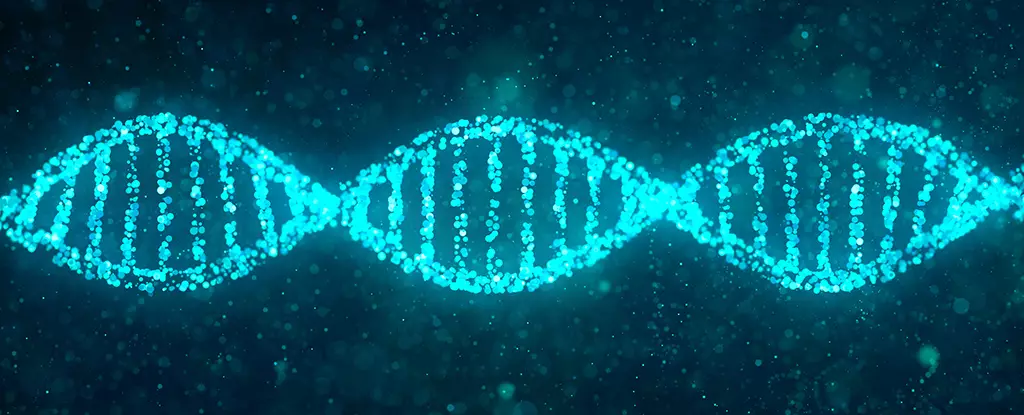Cancer’s emergence as a leading health crisis globally can be significantly traced back to genetic disruptions. Recent research has illuminated an exciting yet complex arena of cancer biology, revealing a vast number of genes that have the potential to propel tumor formation not merely through mutations but via an intricate process known as splicing. This process serves as a bridge between DNA and the protein products that ultimately dictate cellular behavior.
Historically, the impetus for cancer has rested primarily on identifiable mutations in genes – changes to the sequences of DNA that halt normal cellular function and provoke uncontrolled growth. With over 600 genes identified as potential mutations that can foster tumor development, researchers have long focused their efforts on these genetic anomalies. However, this traditional focus only scratches the surface of the complexity of cancer genesis. The evolution of this understanding has paved the way for more nuanced investigations into alternate pathways that may also facilitate cancer growth.
The Role of Splicing in Cancer Development
The research from the Barcelona Institute of Science and Technology (BIST) introduces a groundbreaking approach by shifting the spotlight to the splicing mechanisms that occur after DNA transcription. Splicing is the method by which non-coding regions of a gene (introns) are removed to produce a mature messenger RNA (mRNA) molecule. This mRNA then serves as the instruction manual for protein synthesis. However, when splicing malfunctions, the resultant proteins can acquire mutations even if the original DNA sequence remains unaltered. This phenomenon has been largely neglected, but BIST’s findings suggest it is crucial in the emergence of cancer.
The research team, through the development of their novel algorithm named Spotter, meticulously scoured genetic data sets to pinpoint specific exons – the segments of genes that encode for proteins – that, when improperly spliced, have the potential to lead to cancer. Their findings were substantial: they identified 813 candidate genes linked to splicing abnormalities, representing a new class of cancer-promoting alterations distinct from the classical mutations recognized in oncogenes.
What makes this discovery particularly compelling is the scale and application of the findings. The BIST study effectively doubles the previously recognized pool of cancer-related genes by emphasizing mechanisms beyond mere mutations. Biologist Miquel Anglada-Girotto articulates the significance of this work, suggesting that targeting these splicing events could lead to innovative therapeutic strategies. The insight that splicing abnormalities can provide new targets for cancer intervention invites a radical shift in how cancer therapies are conceived and implemented.
Moreover, the research indicates that Spotter can not only identify cancer-driving exons but also hierarchically rank their significance in relation to specific cancers. This ranking could lead to more personalized cancer treatment strategies, recognizing that different patients may respond variably to treatments based on their unique splicing profiles. This presents a remarkable opportunity to enhance the precision of cancer therapeutic interventions.
Despite the promising findings, the road ahead is laden with challenges. Extensive further research is required before clinicians can routinely incorporate splicing-targeting therapies into standard practice. The current study lays the groundwork, stimulating interest and encouraging additional investigations into the genomic and proteomic intricacies of cancer.
As we delve deeper into the molecular underpinnings of cancer, the necessity for a multifaceted approach becomes clear. By expanding the boundaries of cancer research beyond classical genetic mutations, scientists are poised to innovate more effective treatments tailored to the complexities of each patient’s cancer. Anglada-Girotto’s enthusiasm for exploring these uncharted territories underscores the transformative potential of this research, emphasizing that each step forward opens up new avenues in the fight against cancer. The implications of determining splicing’s role in tumorigenesis could redefine cancer therapy as we know it, marking an exciting new chapter in oncological treatment and patient care.


Leave a Reply